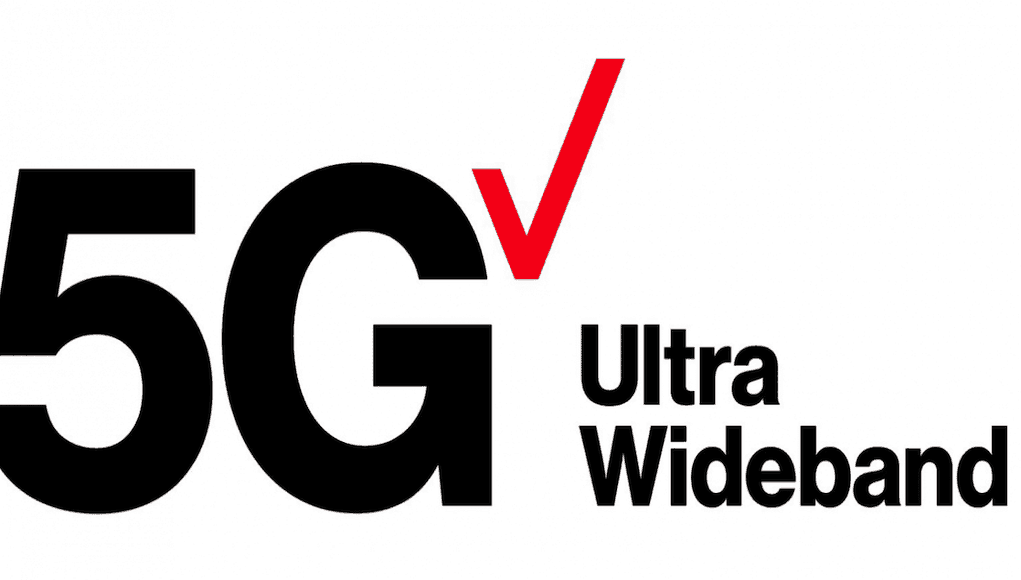5 Ways 5G Will Make Classrooms Smarter

By: Paul Nocchi
Educators are always looking for ways to maximize learning time. Technology enables teachers to make better connections and explore complicated subjects. But buffering videos and choppy applications can diminish what precious time is available, limiting the time educators have to actually teach.
The next generation of students deserves the next generation of classrooms. And they’re expecting it. According to a 2018 Pearson study, 59% of Gen Z agrees that technology will transform how college students learn in the future, compared to 66%of millennials. Educators need a wireless network that can meet students where they are and provide a seamless learning experience. This is where 5G comes in.
5G is predicted to be ubiquitous by 2020. With data speeds nearly 1,000% faster than 4G, 5G will empower educators to reimagine what’s possible inside and outside the classroom. Imagine downloading a high-quality, feature-length documentary in seconds, hosting a guest speaker via hologram, or tutoring students virtually in real time without delays.
What Is 5G?
5G is the fifth generation (G) wireless network. Wireless network technology started with 1G in the 1980s, and subsequent generations have introduced and optimized capabilities such as calling, texting, and web browsing.
5G takes everything 4G LTE does and makes it better, faster, and more reliable. We’ll be able to connect significantly more devices and perform tasks at higher speeds with almost unnoticeable delays.
To put it into perspective: one 4G cell tower currently supports about 2,000 devices with some traffic delays. A 5G tower will support more than one million connected devices per square kilometer with negligible delays. This massive jump in bandwidth will be able to handle more cumbersome traffic loads required for smart classrooms, augmented reality (AR), and virtual reality (VR), with ease.
5G in the Classroom
When it comes to the 5G, there are already plenty of applications in manufacturing, media, city management, and healthcare. Education is just scratching the surface of what’s possible in the classroom. Here is what teachers and educators can expect:
1.Immersive Lessons with AR and VR
Mixed-reality content and video require high bandwidth and low latency to perform optimally. 4G struggles to maintain the traffic required for AR and VR experiences. But with 5G, experiences will be seamless. Students may tour the human body or visit other planets in VR. With AR, they can explore concepts through touch, pinching and zooming through the Earth’s layers as fast as they think it.
2. Smart Classroom IoT Saves Teachers Time
Setting up devices and gathering feedback in class takes time, even when everything works perfectly. With the Internet of Things (IoT) on 5G, teachers can automatically log in as soon as they enter the classroom. Menial administrative tasks will be automated, and students can deliver feedback digitally. Higher bandwidth will help signals remain strong throughout entire lectures and presentations, preventing occasional dropped connections and derailing focus.
3. Download Videos in Seconds
Gen Z loves video, and it makes sense when YouTube is also their preferred educational resource. Downloading a high-definition video on 4G can take minutes to an hour. With 5G, downloading a feature-length movie will take seconds, maybe less, according to NBC News.
4. Greater Assistance for Students with Special Needs
Children with special needs may require more frequent or full-time assistance from teachers. There are robot applications to help with problem-solving, but they aren’t as responsive as the children they’re designed to help. 5G will enable robots to be full-time assistants and support teachers by responding immediately to help with learning exercises.
5. More Flexible Learning
Every student’s learning style and ability is different. 5G will help students continue their education outside the classroom, delivering the same data speeds and responsiveness in the classroom to their phone or laptop. Regardless of distance or location, 5G empowers students to access the same information and exercises as their peers.
Communications giants, like Verizon, are already bringing some of these use cases to life. Their 5G EdTech Challenge recently awarded $1 million to organizations and universities using AR, VR, among other technologies, to improve middle school education starting as early as fall of 2019. Learn more about the 5G EdTech Challenge winners, and their proposals here.
5G has already started to make classrooms smarter and transform how we go to school. Are you ready?
For more, see:
- How $5 Billion Could Provide a Great Education for Every Kid on Earth
- Minerva’s Innovative Platform Makes High-Quality Higher Ed Personal and Affordable
- STEM Projects in Active Learning Spaces at Samueli Academy
Paul Nocchi is a writer and EdTech enthusiast.
Stay in-the-know with innovations in learning by signing up for the weekly Smart Update.




AR
Was this article sponsored by Verizon?
Replies
Jessica Kulaas
This blog was submitted by a guest author and not sponsored by Verizon.
Greg Dane
Isn't it interesting that the article is solely focused on all of the (alleged) benefits that 5G will bring to the classroom? It'll make learning easier, faster, better and simpler.stems that can protect the children, not harm them.
Contrary to this article they do NOT need faster wi-fi, they do need hard wired systems that WILL protect the children - NOT harm them.
Yet the 500 pound gorilla in the room is the single most important question nobody wants to ask - IS IT SAFE? Will it harm the teachers and more importantly the students?
Has there been an in depth study on the safety of this technology? The long and short answer is yes, there has - and NO it is NOT safe.
Every FCC regulation governing the safe limits for human exposure is based on 1946 technology (radar) and the thermal heating of cells in a body. This is the 21st century, NOT 1946. The technology has evolved and the cell phone industry KNOWS that the technology is dangerous to humans, yet fails to disclose it. WHY? Simple answer - greed. Schools are paid (on average) $20-40K per month to have a cell tower put onto school property. Is this disclosed when they want more money for education?
Microwave technology from 2G through 5G is based on a pulsed non-ionized form of radiation. The tech giants KNOW that the ONLY way thermal heating of cells can occur is to use a continuous beam of energy over a given period of time (think microwave oven) since this technology uses a pulsed wave - it will not heat cells the same way as it is produced over a longer period of time not giving the cells time to heat up. (Ever held a cell phone in your hand or next to your ear for a long time and felt the heat it generates?
This should alert you to the fact that the long term effects of continual pulsed radiation to our body chemistry, breaks DNA strands alters our body functions and causes a whole host of symptoms that conventional doctors cannot figure out (look up electro-hyper sensitivity or microwave sickness). Parents should be up in arms about what this will do to their children and ANY school that has cell towers on it should be held liable for the sickness it will bring. Before your children experience numerous ill effects - take them out of ANY school that puts cell tower and especially a 5G up on the school yard.
recommended reading: Bioinitiative report of 2012 - https://bioinitiative.org/